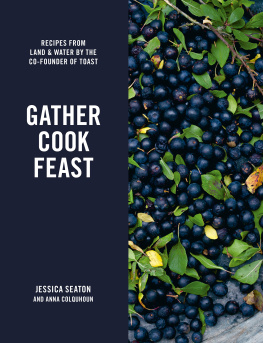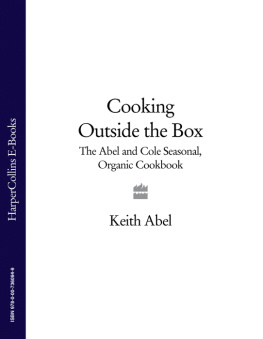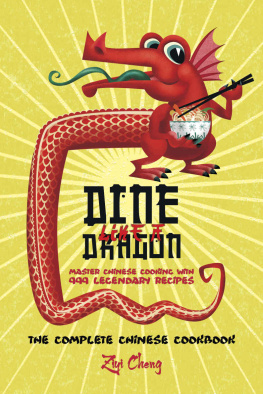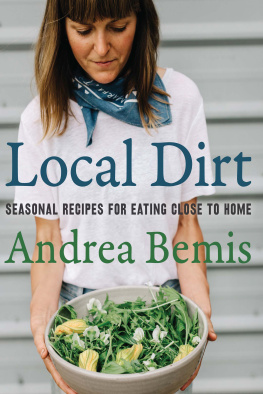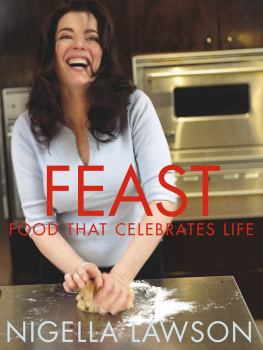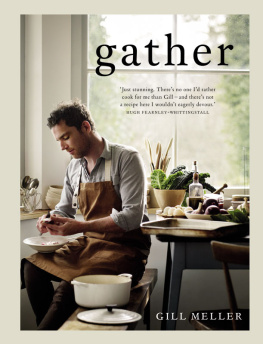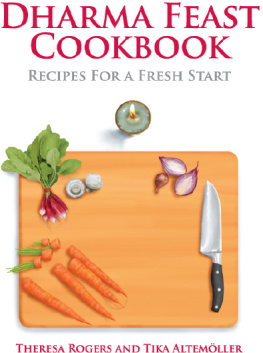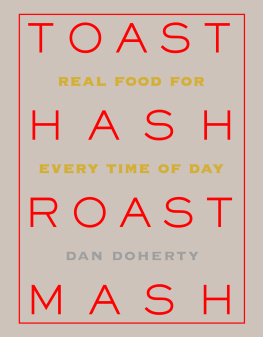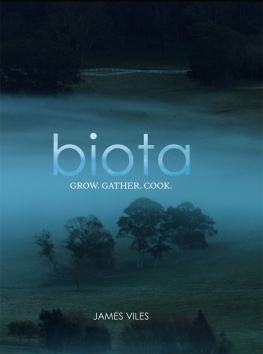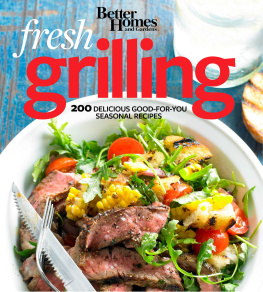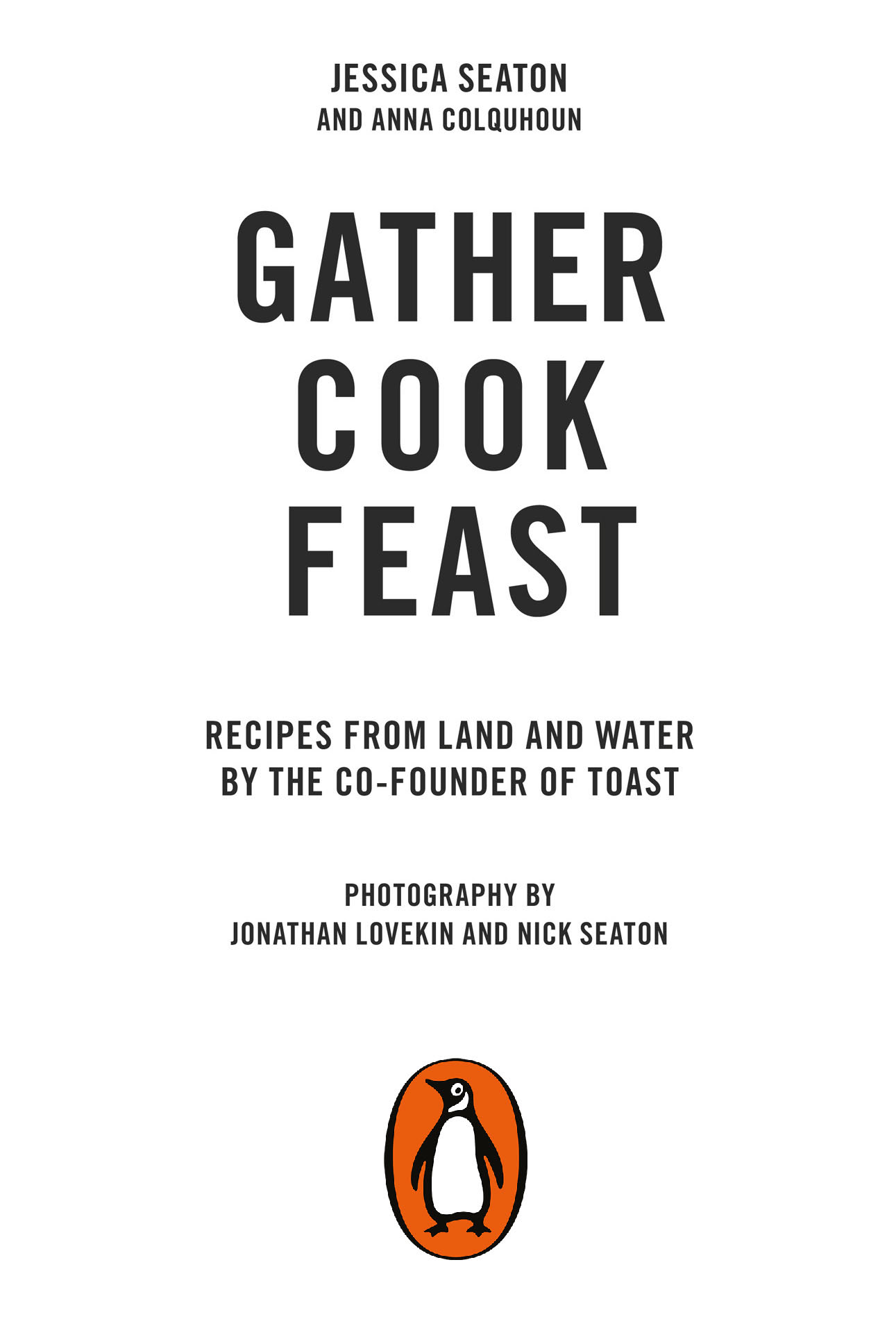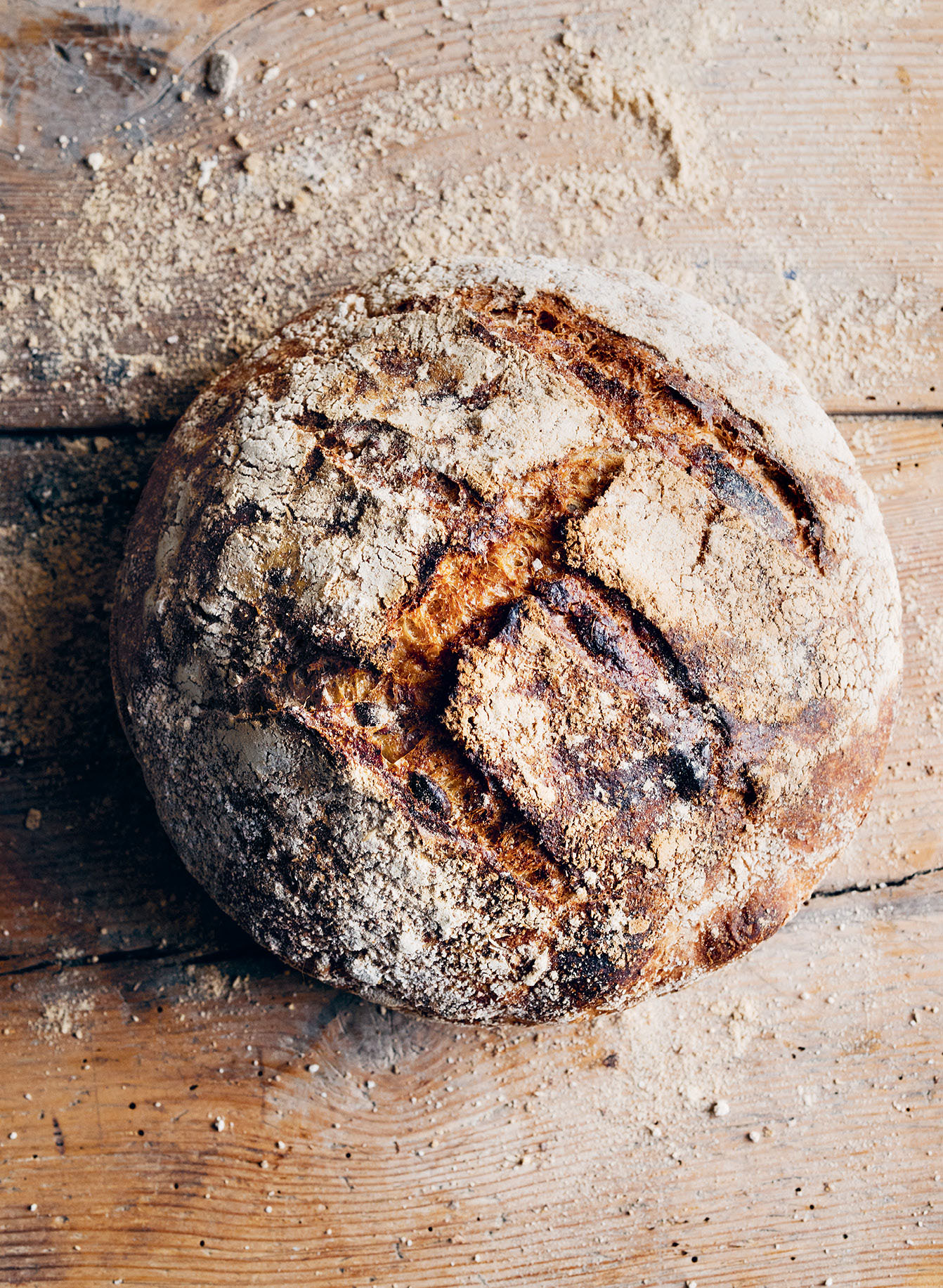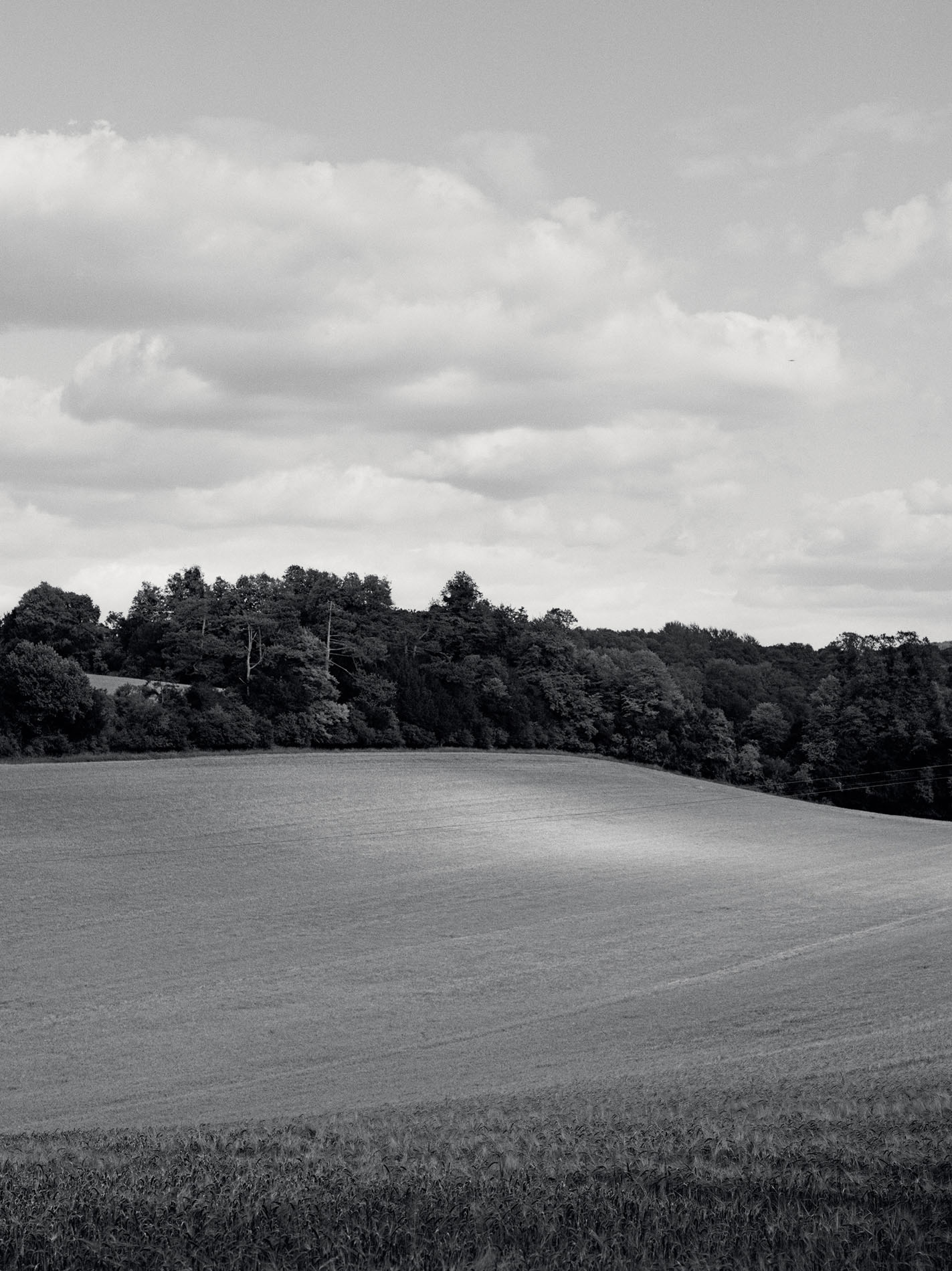FIG TREE
UK | USA | Canada | Ireland | Australia
India | New Zealand | South Africa
Fig Tree is part of the Penguin Random House group of companies whose addresses can be found at global.penguinrandomhouse.com.
First published 2017
Copyright Seaton Publishing Ltd, 2017
Photography copyright Jonathan Lovekin and Nick Seaton
The moral right of the author has been asserted
Designed by Charlotte Heal Design
A CIP catalogue record for this book is available from the British Library
ISBN: 978-0-241-29885-5
To my mum, who filled
our home with a love of food
A PLATE THAT FEELS LIKE A PLACE
I only ever wanted to live in nature. I grew up in fields, messing about in streams,learning about flowers, nestled in a hedge bank with a book. As soon as Icould after graduating I moved with my husband, Jamie, to West Wales, one of the wilder parts of Britain,where the coast is tortuous, long and never far away, the populationsparse and the wooded river valleys full of wild flowers. There I learned to forage, to gather mushrooms in the woods, to make nettle soup and to pick wild garlic.
I shouldnt paint this existence as a pastoral idyll. In the mess of a working and family life, all this pure escapism is reduced to the functional day to day. But I have often wanted to represent an affinity with a particular place and landscape in my work, first when Jamie and I were designing and making knitwear, then more recently in our invention of the Toast brand and the associated goods and shops you may know today. In the expansive final stages of many long upland walks, our tongues loosened by exercise, I have long dreamed and sketched out plans for a recipe book about place.
This is a book about landscape and food, about imagining food that, in some way, both comes from and represents landscape. A plate that feels like a place, if you will.
I am interested in the idea that a deep, intense human love of something may prompt a desire to savour and connect with the mouth and lips: the feeling of wanting to eat it all up. The passion we may have for our natural world can be recreated afresh by tasting the salty essence of sea marsh in samphire, or savouring feelings of cold uplands in pine jelly, or perhaps enjoying anew the residual warmth of late summer in toasted hay potatoes.
On these islands, many of us enjoy an intimate relationship with landscape and the natural world. Stitched into our psyche is an obsession with weather; we find a soothing connection with untrammelled nature when listening to the shipping forecast. Our cultural life is peppered with representations of our land through artists such as Constable, Nash, Nicholson and at times even Hockney, while the literature and poetry of Ted Hughes, Heaney, Hardy and Muir is underpinned by a connection with the (not always cosy) nature of our rich and varied landscape. There are countless such examples. This is our heritage and part of who we still are.
I have no qualifications as a professional cook. This has been a long journey for me (over four years from initial idea to fruition). I come from a family of enthusiastic cooks, learning with my sister and brother at my mothers side. In our home food was celebrated, my mum keen and open to try new tastes and ingredients, her food always delicious. Responding, my dad brought home the first avocado we had seen rock hard, taut and intensely green, turning it over in his hand without a thought of what to do with it. Mum taught us joy in food, cooking appetizing food daily and often making simple ad hoc picnics of good red wine, bread and roast chicken. In Italy, lacking the language and not caring how she would appear, she used hilarious mime and gesture to buy those ingredients for us to eat on a sleeper train journey back home through the Alps. She always cooked from scratch when other mums fell gratefully on Vesta chicken curries to soothe the drudgery of the homemaker. Later, in my own home, she would lean over my shoulder while I was at the cooker and ask what I was making and how and why.
I have been very fortunate that my idea of representing landscape in food was taken up with great enthusiasm by Anna Colquhoun an experienced professional chef and culinary anthropologist and my collaborator on this project who totally understood and empathized with my ideas from the start. She has guided me in my inexperience and informed the whole process. I have learned so much and I couldnt have made this book without her.
Now most of us live in cities, landscape and wilderness play a lesser role in our lives. Our struggles are not those of wrenching a livelihood from an impersonal, wild and intractable environment. We have tamed the land and stripped the sea and bent them to our will. But perhaps now because of this new reality there is a need to feel it more.
Thus there is a great and very positive groundswell happening in the world of food: young and not-so-young women and men, very bright and committed and hard-working, have set up small hands-on businesses. Artisanal bakers in railway arches; cheese makers in country barns; biodynamic vegetable growers; brewers; salmon smokers; distillers; free-range pig farmers; mutton-producing hill farms; collectively run cafs and restaurants popping up in unlikely buildings. These arent coldly planned money-making enterprises but inspired individuals operating from a love of what theyre doing.
Perhaps this groundswell is, in part, an expression of this human desire to reconnect with the soil, with the wholesome fundamentals of human existence. But, however laudable, these movements are not yet mainstream, the target audience select, often moneyed. The greater challenge is to feed our peoples well without environmental damage and degradation. This book does not seek to answer this complex question, but perhaps we can at least remind ourselves that, after all, landscape and food and humanity are all part of one giant, entirely interconnected system.
My natural style of cooking is loose and experimental and often consists of a selection of simply prepared ingredients in one bowl, but I also enjoy preparing more elaborate food for friends and family. Gathering around a table with those you love, to share wholesome, tasty food along with good conversation, is a deep joy. I wanted the book to reflect this range. So there is a base of easy meals to make after a busy day, interspersed with a few very short recipes typical of my style and some celebratory dishes for significant gatherings. I have also included a few projects to explore hot-smoking, sausage making and bacon curing, and the art of sourdough baking are a few. I hope you will feel encouraged to try and will enjoy the achievement of slicing and cooking your own bacon or nursing a sourdough to life cooking as a beautiful pleasure.

